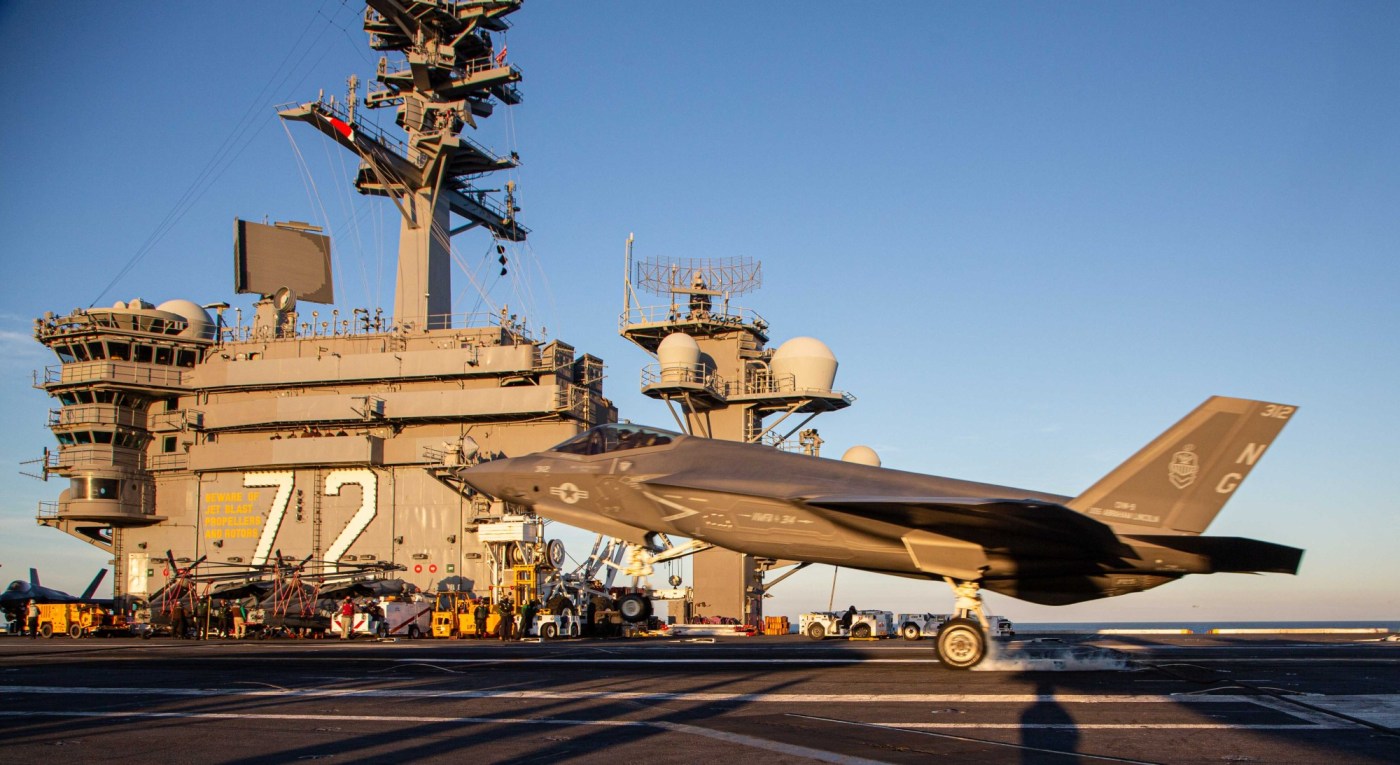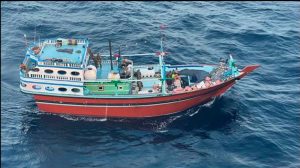The Navy doesn’t have enough skilled sailors to keep its warships combat-ready, according to the latest in a series of government reports that broadly question the fleet’s readiness at a time of growing military tension between the U.S. and China.
The new Government Accountability Office (GAO) study also says that the skilled sailors it does have regularly lack the parts they need to make repairs and upgrades. This has led many ships, including submarines, to cannibalize other vessels.
The report comes six months after the amphibious assault ship USS Boxer had to return to San Diego shortly after its deployment began due to ongoing maintenance and repair problems. The Navy also is struggling to maintain its littoral combat ships, 17 of which are based in San Diego.
In making its findings, the GAO surveyed the executive officers of 232 ships and met with leaders and sailors on 25 vessels, including four ships that are homeported in San Diego, the largest Navy installation on the West Coast.
The GAO said the sailor shortage mostly stems from the Navy’s efforts to reduce costs by closing Navy ship repair facilities and reducing the size of crews. The agency referred to an earlier report in which it found that 70,705 enlisted sailors were available to collectively operate aircraft carriers, surface ships and submarines in November 2023. That was 13,674 sailors below what the Navy said was needed. The problem is being exacerbated by the difficulty the Navy is having meeting recruiting goals.
The report added that some types of ships — including Ticonderoga-class missile cruisers – did not have enough sailors to operate safety. The GAO did not specify whether any of the three “Tico” cruisers based in San Diego fell into that category. The Cold War-era cruisers are being phased out but are still helpful in protecting aircraft carriers.
The GAO further said that some of the Navy’s maintenance guidelines are inaccurate and some are written in ways that are not easily understood. The agency said many younger sailors are not taught how to troubleshoot maintenance problems.
The chronic shortage of parts was an issue mentioned by executives and sailors on all 25 ships that the GAO visited.
“Sailors aboard a submarine we visited provided a list of 222 items removed from the submarine during a maintenance cycle and given to 17 other submarines to enable those ships to continue operations,” the report says.
Related Articles
California Marine who made and sold ‘ghost’ rifles sentenced to prison
Two people die in Ukraine’s Odesa after Moscow and Kyiv exchange drone and missile attacks
A missile fired by Yemen’s rebels lands in Israel and triggers sirens at international airport
Salvagers launch new attempt to tow an oil tanker blown up by Yemen’s Houthi rebels
Ukraine mourns dead from major Russian strike, vows response with underground weapons production
The agency didn’t indicate whether it was talking about one of the four submarines that were homeported in San Diego.
The new report arrives at a time of upheaval in the Navy, which is trying to modernize its fleet and become better able to deal with evolving threats, especially in the Middle East and Indo-Pacific. The GAO has scrutinized much of this and found many problems.
In particular, the agency reported that the Navy hasn’t been designing and building ships in an optimal way, especially when it comes to the new Constellation-frigate program, which is over budget and behind schedule. These so-called small combatants are needed to replace littoral combat ships, which have proved to have very limited capabilities and are more expensive to maintain than forecast.
The GAO also found that the Navy has failed to fully upgrade its public shipyards, which affects its ability to service ships. That problem has been compounded by the fact that the Navy is temporarily reducing the number of ships in the fleet so that it can put together enough money to build newer ships with a greater ability to work worldwide.












